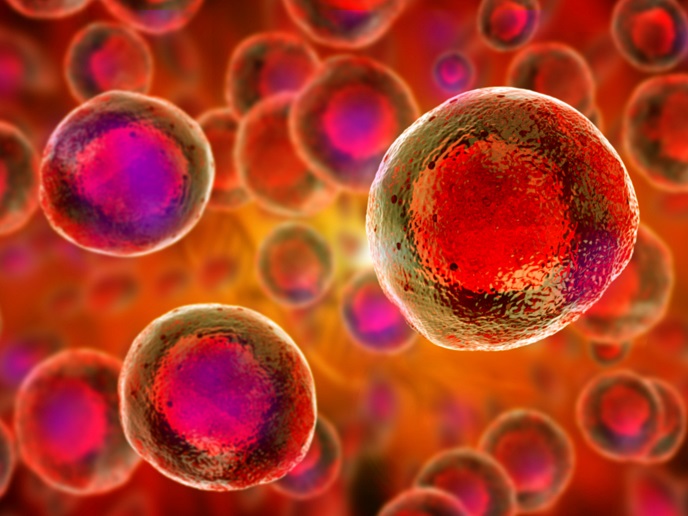Uncovering the mechanisms behind stem cell malfunction
Stem cells are the body’s ‘master cells’. They develop into blood, brain, bones and organs, and with the ability to repair and regenerate cells, they have the potential to treat a range of diseases. Yet stem cells can malfunction. In extreme old age, for example, stem cell function declines sharply. “Work in diverse species has identified common features of ageing that ultimately converge on the exhaustion of stem cells and a consequent decline in tissue regeneration,” explains Pura Muñoz-Cánoves(opens in new window), senior research professor at Pompeu Fabra University(opens in new window) and ICREA(opens in new window), and STEM-AGING project coordinator. In the STEM-AGING project, which was funded by the European Research Council(opens in new window), researchers tried to understand more about how stem cells maintain their fitness during adulthood. “For most of their life, satellite cells are in a state of quiescence(opens in new window), only activating to form new myofibres after muscle trauma,” says Muñoz-Cánoves. “How these long-lived stem cells maintain quiescence was essentially unknown,” she adds.
Devising a series of trials
In the STEM-AGING project, the team devised a series of trials in mice. The first goal was to understand the maintenance of quiescence in stem cells, and the impact of ageing on autophagy: the body’s way of reusing old damaged cells. They also found out how the collection of proteotoxic waste – something that derives from misfolding proteins – can affect the regenerative quality of stem cells.
Restoring muscle regeneration
The team discovered that in advanced old age, satellite cells(opens in new window) lose quiescence and some of them adopt an irreversible senescent state. They lose their capacity for autophagy, and have unbalanced mitochondrial dynamics(opens in new window) – essentially a breakdown in function of the cell’s internal engineers – which means the cells cannot clean themselves out of damaged parts as well. These results led to some positive therapeutic discoveries. “Our team showed that geriatric stem cell function and muscle regeneration are restored by reviving autophagy and re-establishing mitochondrial dynamics,” remarks Muñoz-Cánoves. The researchers also identified a subset of stem cells that have higher regenerative potential than others, and they figured out how to maintain them at very old age. “All these findings have implications beyond muscle research to regenerative medicine in ageing,” she explains.
The first stem cell atlas
One of the major breakthroughs in the work was to create the first transcriptomic atlas of senescent cells in vivo. This work was published in the major scientific journal(opens in new window) ‘Nature’, and also highlighted in the issue’s News and Views section. The researchers plan to continue to probe stem cells to find new ways of reversing the deleterious intrinsic changes within aged stem cells. “I am happy to have found new intrinsic causes of muscle stem cell ageing that impair muscle regeneration and alter metabolism, and new mechanisms of muscle repair independent of stem cells,” says Muñoz-Cánoves.







